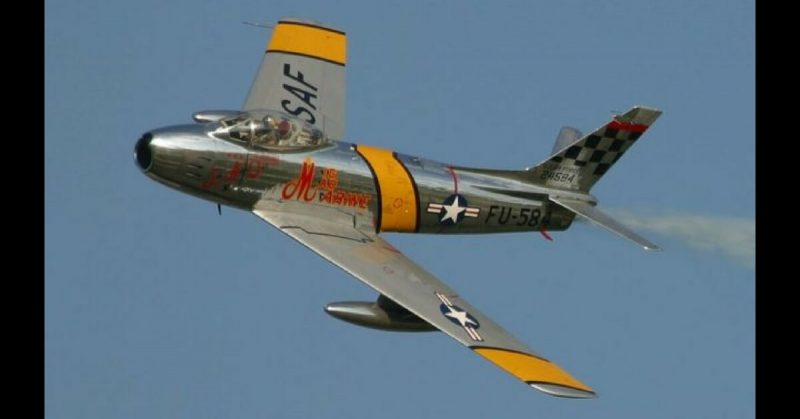Nuclear bombs, the ultimate weapons of mass destruction. It would stand to reason that a ridiculous amount of safety protocols would exist to prevent an accidental explosion and that pilots should be aware that they were carrying nukes. Well, that’s not always the case.
Since humans first created a nuclear explosion, we have had dozens of accidents of nuclear proportions. Sometimes the nuclear material was removed, though we are still dealing with thousands of pounds of explosives and possibly other radioactive material. Sometimes partially active bombs are lost and sometimes several men are lost as well. Here are a few of the most frightening accidents or close calls.
British Columbia, 1950: It’s a Good Thing it was Just a Test
With the Cold War raging, the U.S. decided that it was essential to test the effectiveness of nuclear bombing runs in extreme cold if they ever had to retaliate during a cold Russian winter. A B-36 bomber was loaded with a nuclear weapon containing plenty of conventional explosives and uranium, though it lacked the plutonium core required for a full detonation.
As the bomber was flying from Alaska to Florida, it did indeed have problems with the cold weather after flying for about six hours. Half of the engines needed to be shut down, and it was decided to eject the bomb for the crew’s own safety. The bomb exploded spectacularly somewhere along the inside passage of coastal British Columbia, Canada, with no known casualties. It is unknown how radioactive the site would be, though it is thankfully a very sparsely populated region. The crew eventually had to bail out, and all of them survived.
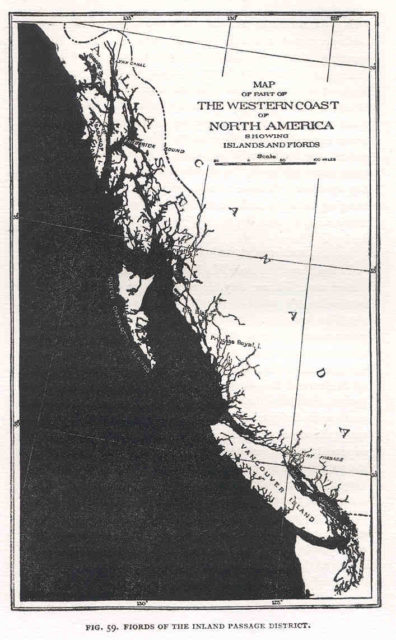
2007 North Dakota: Oops
How would you feel if a load of nuclear weapons 60 times more powerful than the Hiroshima bomb was flown over your home with absolutely no nuclear safety precautions? Well, a standard weapons dump from North Dakota to Louisiana turned into a massive “oops” when it was discovered that there were six fully functioning nuclear missiles attached.
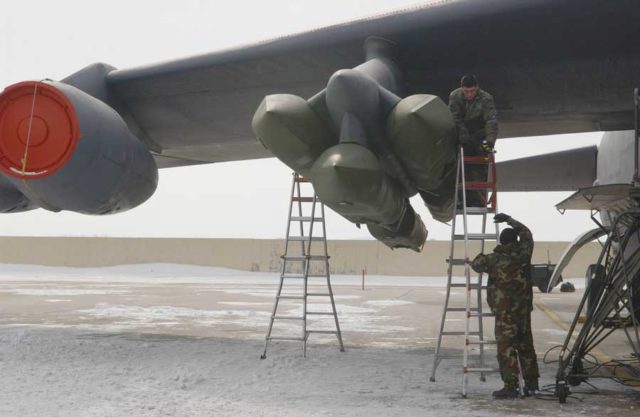
The B-52 was supposedly taking a load of 12 cruise missiles to the weapons graveyard. The inspecting officer just checked one side of the payload and lazily approved the takeoff. When they landed, it was discovered that the other side of the load was entirely composed of functioning nuclear missiles. Thankfully nothing happened, but it is unsettling that such a mistake could happen that would lead to nuclear weapons flying unprotected over the heart of America, especially considering this happened less than a decade ago.
1958 Georgia: It’s Still Out There
Nuclear Bombing training exercises were common during the tense 1950s, and if you think about it, it’s not surprising that an accident might occur. Just such an accident occurred off the coast of Georgia and South Carolina when a B-47 bomber collided with an F-86 in midair. The F-86 pilot was able to eject safely, but the B-47 pilot had to assess his situation as he had a (possibly) fully functioning nuclear bomb on board.
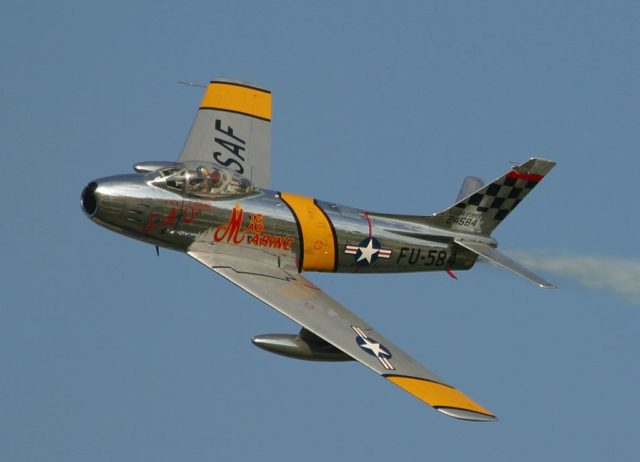
With all the damage, the pilot decided to drop the bomb and was able to land safely. The bomb landed in the shallow bays and silt of Tybee Island, right by Savanna, Georgia. The bomb was buried deep in the silt, and months of searching couldn’t recover the nuclear bomb. Other attempts have also been launched to find the bomb as recent as the 2000’s, but with no concrete results.
1956 Over the Mediterranean Sea: Where it Went, Nobody Knows
A short but mysterious story, this involves nuclear bombs that simply vanished. A B-47 that was flying from Florida to a Mediterranean base in Morocco had two aerial refueling stops on its journey. It made one stop but was lost in the clouds somewhere above the African continent before its second scheduled refueling. It carried two nuclear cores, though it lacked the explosives for detonation. The plane, crew, and cores were never found.
1950 California: The Most Tragic Accident
One of the deadliest nuclear accidents aside from reactor meltdowns, the Fairfield-Suisun Air Force Base accident cost 19 lives and injured over 100 people. Ten bombers were scheduled to fly from California to Guam, each carrying a nuclear bomb. One of these planes, just happening to be carrying General Robert Travis, had major mechanical problems and had to turn back.
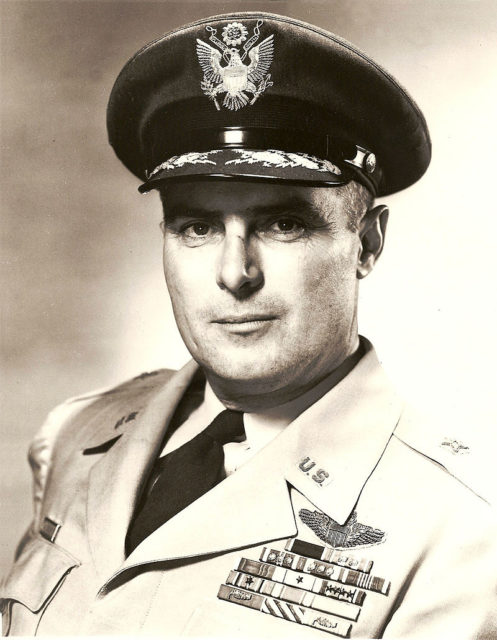
The pilot was forced to make an emergency crash landing. Twelve of the 20 crew and passengers were killed including General Travis. The wrecked bomber caught fire and several brave men rushed to extinguish the flames before they detonated the conventional explosives of the nuke. Unfortunately, the 5,000 pounds of explosives blew up and killed seven more men, while injuring over 100 more. The base is now known as the Travis Air Force Base.
1966 – Spain: Radioactive Tomatoes and the Perils of Aerial Refueling
One of the more complicated incidents, the Palomares incident, involved another aerial refueling, this time over Palomares in Spain. A B-52 collided with its refueling tanker, breaking the refueling arm and exploding the fuel tanker. The explosion killed all four crewmen of the tanker and three men in the bomber. As the bomber began to fall apart, the remaining crew bailed out as the four nuclear bombs fell near the coast of Spain.
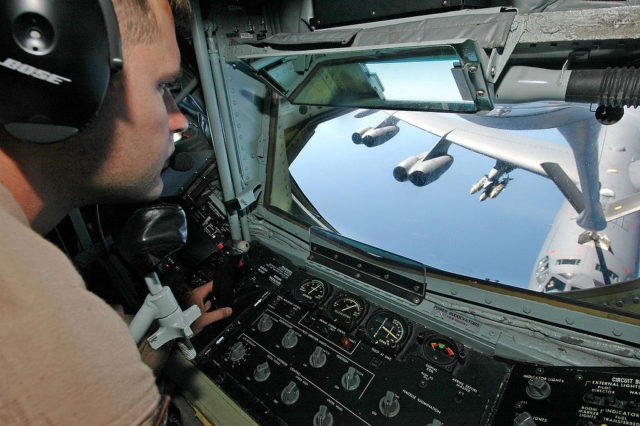
One bomb plunged into the Mediterranean, recovered about a month later. Another bomb fell into a soft riverbed and did not explode. The remaining bombs, however, exploded outside the village of Palomares. Though the nuclear explosion didn’t trigger, radioactive material was spread for miles.
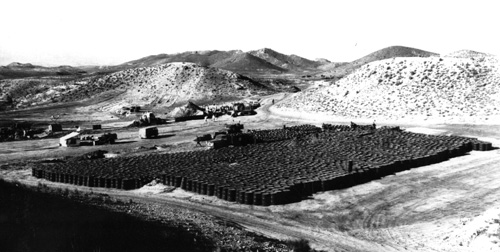
Tons of radioactive tomatoes and soil had to be taken to nuclear waste dumps. Thankfully no one in the town was killed, but they were given a desalinization plant to ensure clean drinking water, as well as a half a million dollars in various settlements. Interestingly enough, a fisherman found the bomb that went into the sea and claimed a maritime salvage reward equal to one percent of the value of the find. The bomb was about 2 billion dollars, but the military settled the issue out of court for an undisclosed amount.
